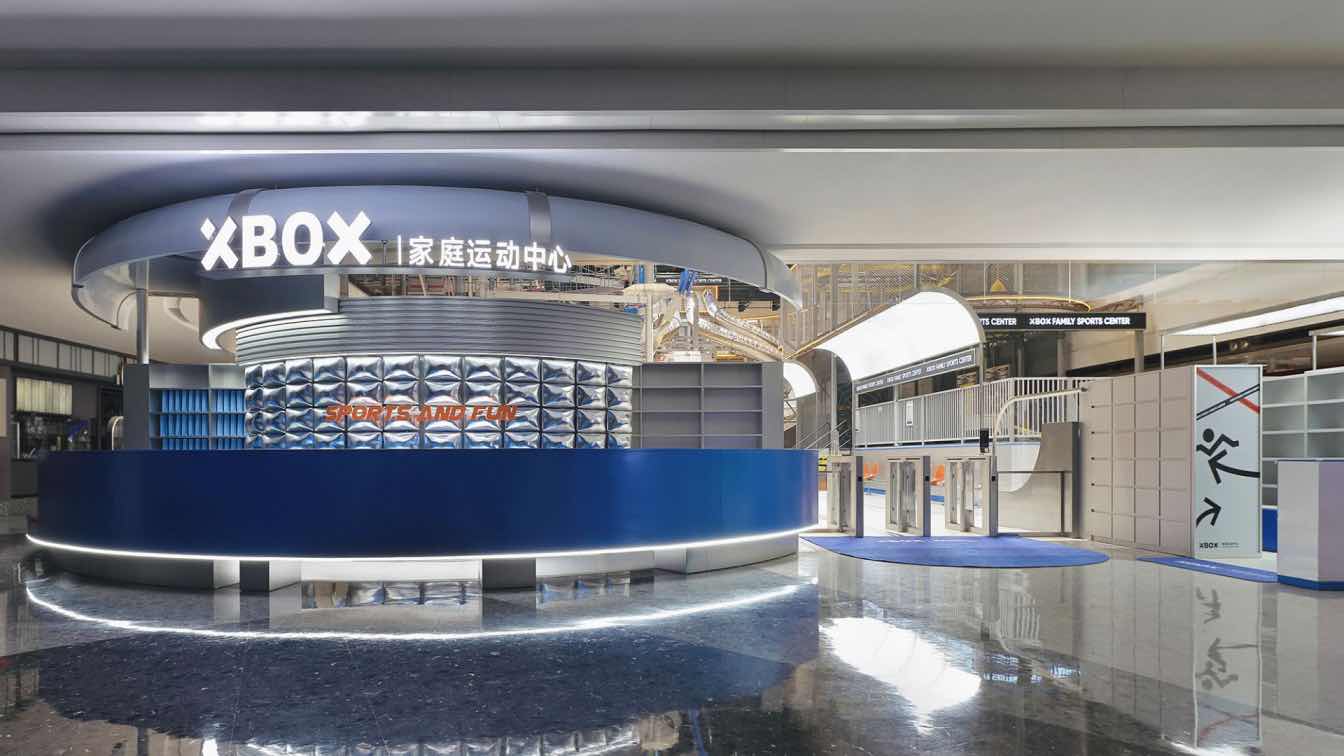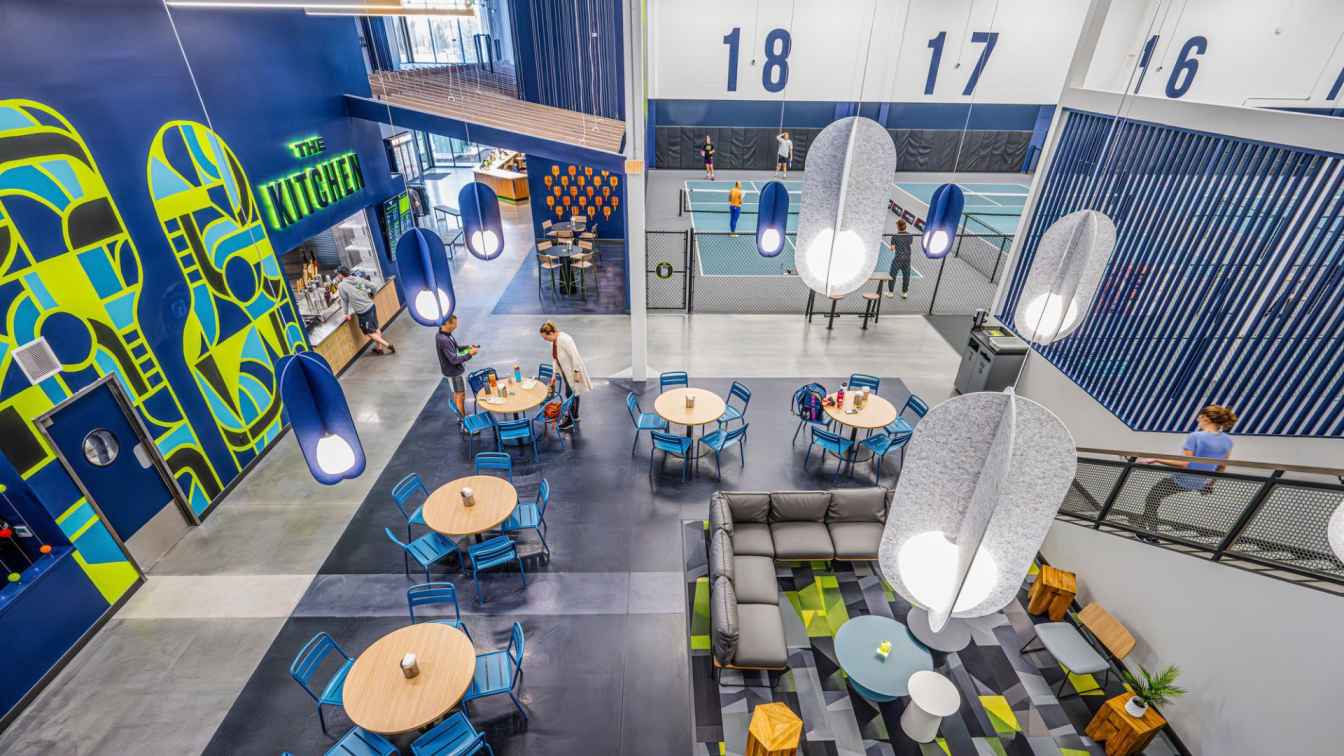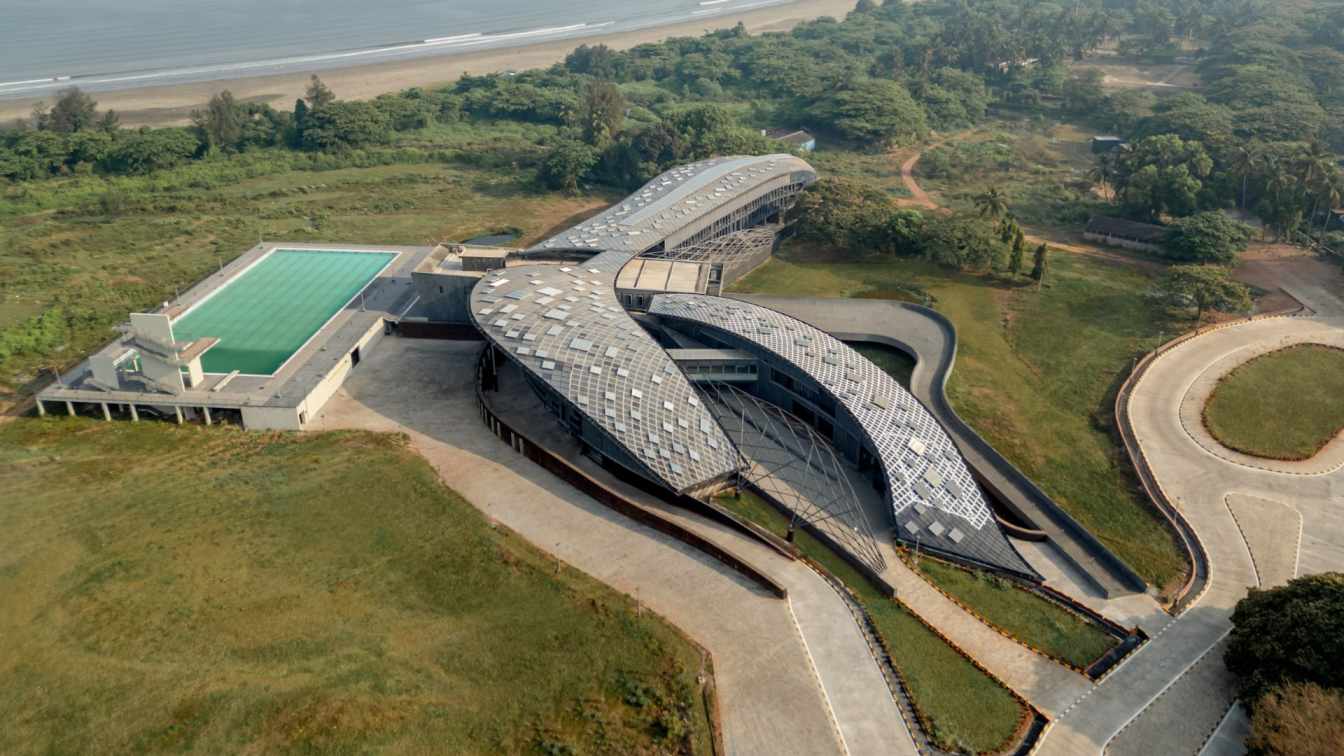Andres Milos Arquitectos: The sports complex is located on the outskirts of Paraná city. Particularly in a place where the urban fabric transitions from the traditional dense blocks to the superblocks that regulate the territory. The soccer, tennis and paddle fields adopt dimensions similar to the city blocks, generating continuity in the reading of the urban plot, but reversing the spatial relationship. If in the traditional city the streets are uncovered and the blocks covered in FSC, the streets are covered generating circulation spaces, locker rooms, grills, event halls, gyms and other activities, and the sport fields are uncovered operating as a negative of the city. On its terrace an accessible corridor is generated that allows views towards the fields with greater perspective.
The project is required to be built in stages due to economic instability. Hence, its linear development will allow the incorporation of modules as necessary. The first module built consists of a kitchen and counter for a kiosk, tools storage room, bathrooms and a drinking fountain. Such drinking fountains designed for players have, unexpectedly, become popular in the neighborhood. Families without formal facilities settle on the surrounding land, so this pavilion became the place to carry water and wash clothes. The action of leaving the taps outside on a tray, opened the possibility of unforeseen uses that transcend the programmed appropriations.
The project is materialized in three layers, the lower layer composed of a concrete slab, the vertical walls in steel and the upper slab of lightweight reinforced concrete. The cruciform steel columns receive raw steel panels that solve doors, walls and windows with the same design principle. At night the modules close completely, while during the day the doors and windows open, becoming permeable. The structure matches the spatiality it houses and glimpses future growth. The linear beams that receive the loads give shape to the linear continuity and support the general lighting of the complex.














































